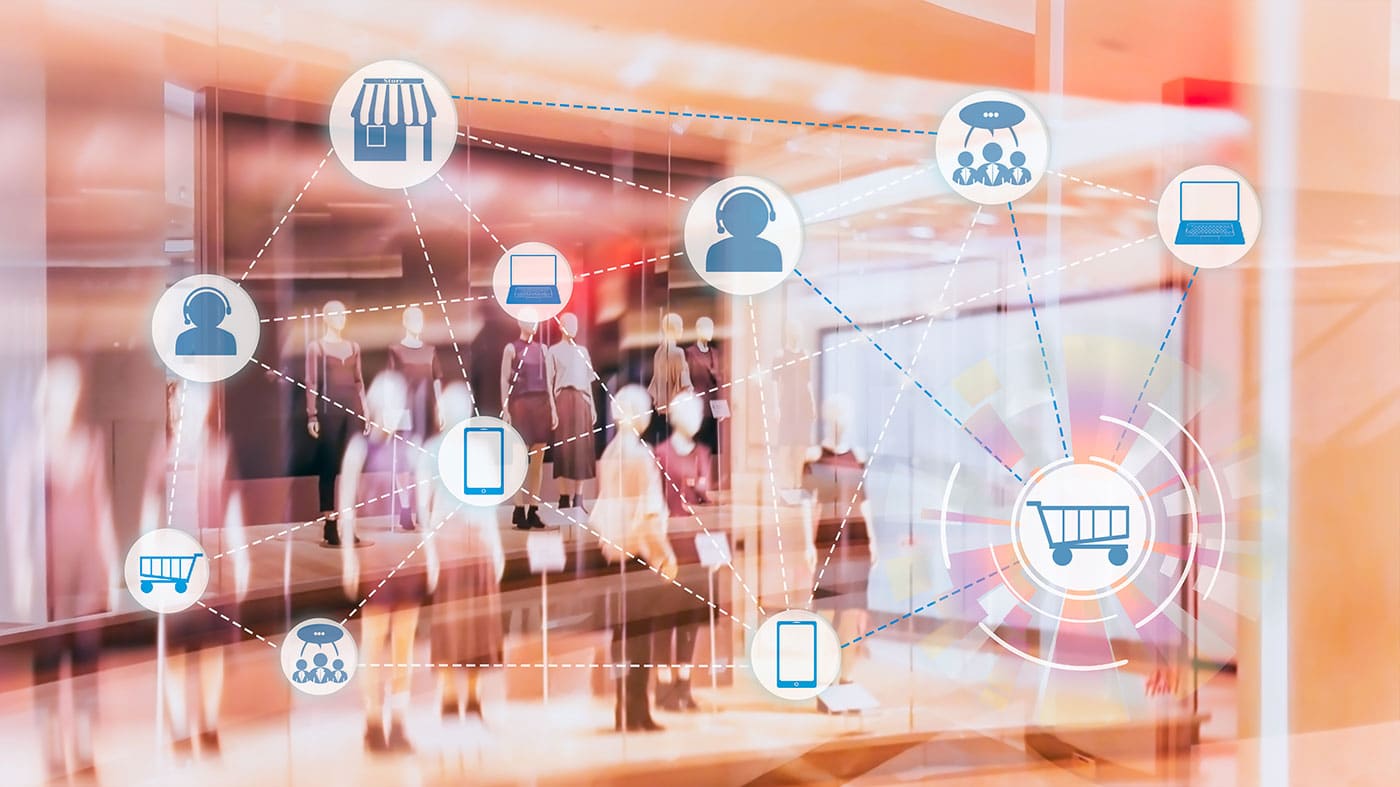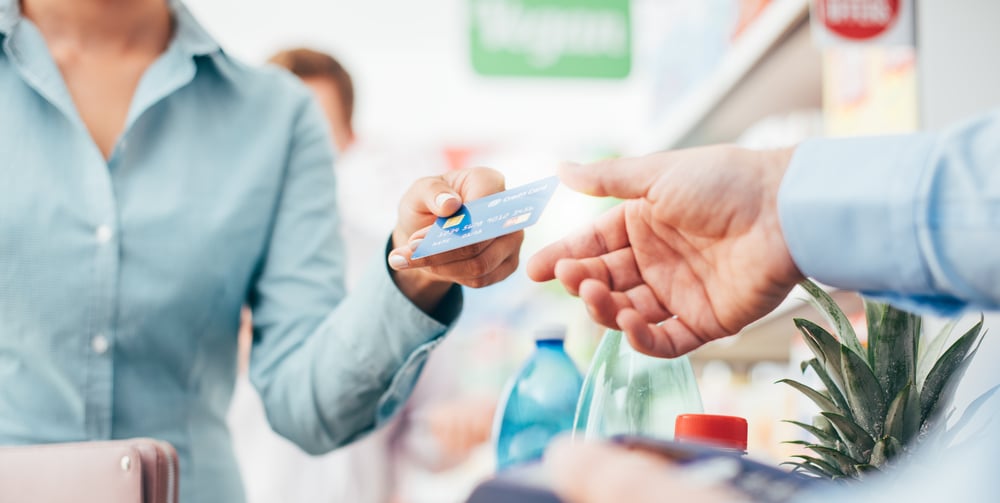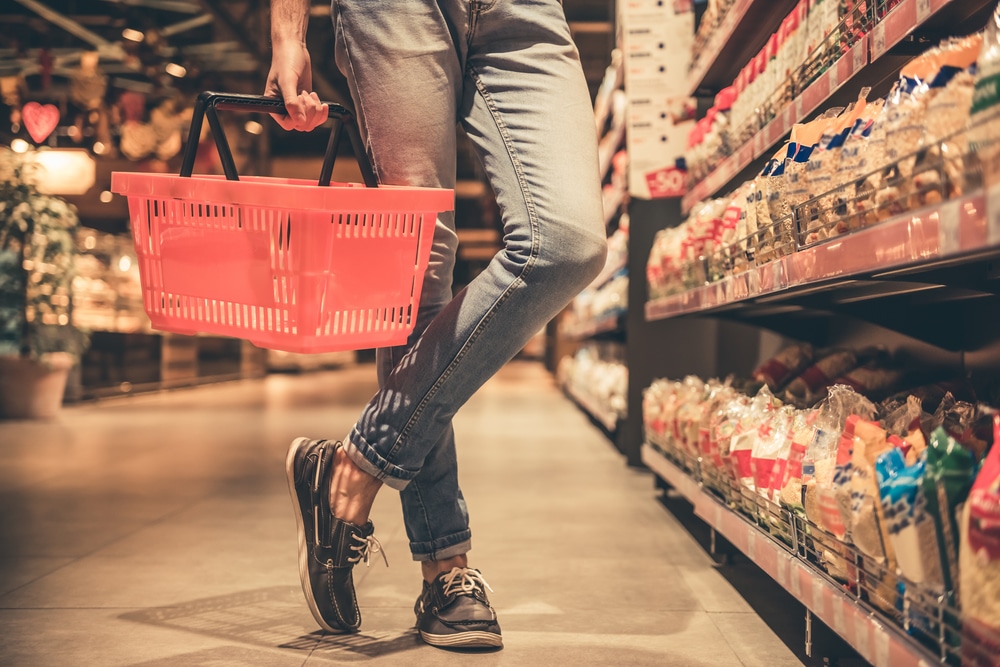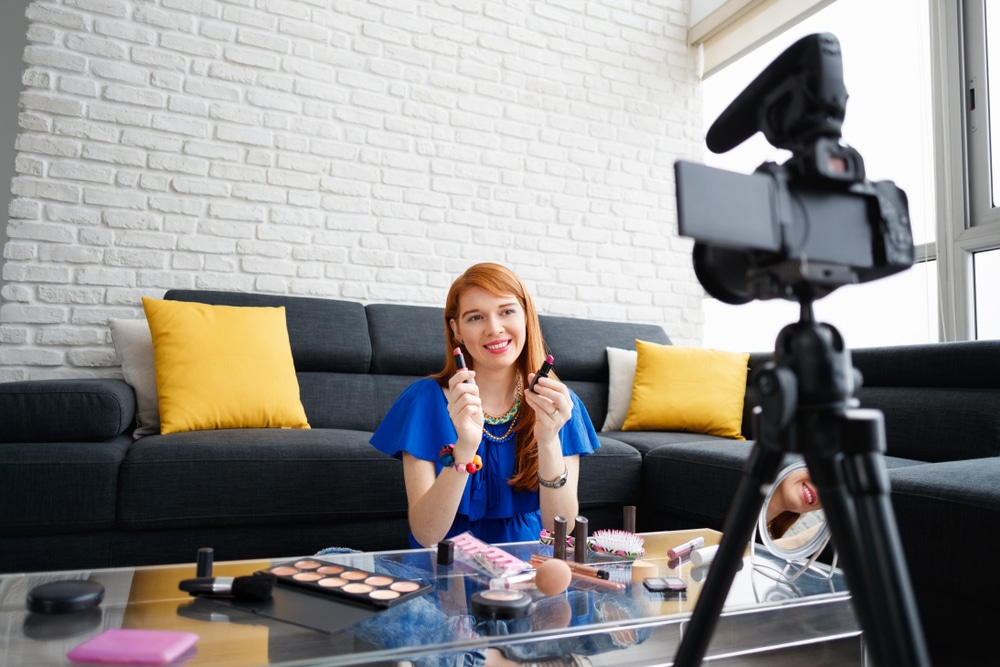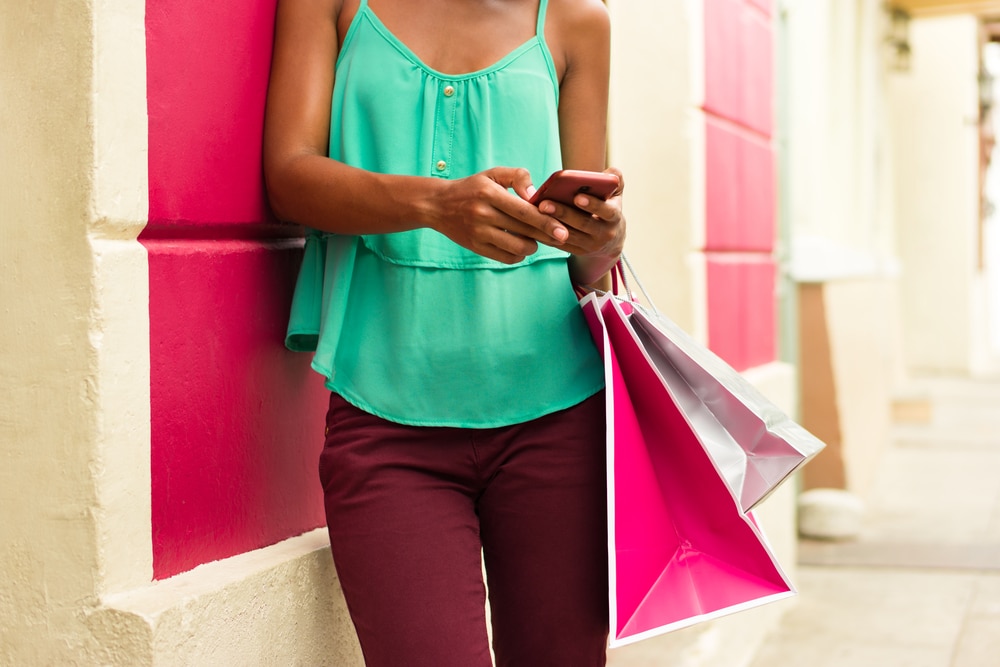Retail industry trends: Leveraging consumer behavior to prepare for peak spending seasons
Making digital marketing strategies flexible, mobile, and intuitive is critical. All brands compete for a finite audience when consumer spending is high. To stand out, brands must be prepared to execute advertising strategies that engage the consumer as they plan their shopping trips. These marketing messages must be able to travel with the consumer and help guide their purchase decisions as competition in the shopping aisle intensifies.
Retail Industry Trends Which Drive Significant Sales Periods
Brands invest a significant amount of research into the holidays which drive the highest sales. Targeting these periods boosts marketing results, brand awareness, and even loyalty. While there is some controversy over the most lucrative periods, the most significant holiday sales periods for retailers are generally considered to be:
- Mother’s and Father’s Day
- The Fourth of July
- Back-to-School
- Halloween
- Black Friday
- Christmas
Personalizing Messages to Increase Mother’s and Father’s Day Sales
Personalization is the key to campaigns for Mother’s Day and Father’s Day. Consumers are often troubled by what to get their parents on these days. While flowers and cards are common go-to items, usually they want options a bit more unique for their family member.
Personalized marketing messages give consumers ideas they can use to get their shopping done proactively. This is an ideal time for brands to offer guidance, like providing favorite gift lists and themed gift baskets. Brands can use information available via their loyalty programs to provide customized messages that guide consumers along their shopping journey.
Setting Up Mobile Events for the 4th of July
Most brands choose to go with festive packaging for the 4th of July as it helps create an atmosphere for consumers celebrating, and shopping for the holiday. However, as many brands have this same idea, it can be difficult to make products stand out in the sea of red, white, and blue packaging. This is where mobile marketing programs can help increase visibility on the shelf and drive sales.
Gaining attention in the shopping aisle and at home was a vital part of Bomb Pop’s goals when the company came to Shopkick to optimize their 4th of July marketing strategy. Shopkick created a mobile marketing campaign that engaged consumers at multiple touchpoints during the purchase journey.
At home:
Consumers received branded in-app content when using the app at home, which enhanced pre-shop brand awareness and encouraged users to add the summer treat to their holiday shopping lists.
On arrival:
Shoppers received a Bomb Pop branded greeting message when they reached participating locations. This helped keep the brand top-of-mind during the shopping trip.
In-aisle:
Consumers were encouraged to seek out and scan Bomb Pop products in the store to receive kicks, or rewards points. This encouraged product interaction and increased sales.
Checkout:
Following purchase, the consumer received heightened rewards for scanning their receipt as proof of purchase. This process established brand affinity and heightened spontaneous brand recognition.
In the busy 4th of July sales season, the ability to stand out in the aisle is imperative. Bomb Pop succeeded in this by working with Shopkick to incentivize consumers to interact with their products. Such programs improve sales during the Summer season by encouraging consumers to proactively seek out products, which limits the distractions of competitor marketing.
Taking a Values-Based Marketing Approach in Back-to-School Campaigns
Parents spend up to $1,355 per child on back-to-school expenses. As such, most campaigns for back-to-school marketing should be value-based. Coupons, discounts, and bulk-based deals can be particularly advantageous during this period. Parents are conscious of how costly this season is, so they’re more focused on finding deals that make it less expensive.
Tax-free days can help brands take advantage of deals without the need to offer discounts on products. Many states eliminate sales tax in early August on apparel, footwear, and back-to-school supplies including Alabama, Florida, Louisiana, Maryland, Ohio, Texas, and Virginia. Brands can piggyback on these discounts by offering promotions of their own related to back-to-school shopping.
Harnessing Augmented Reality in Halloween Advertisements
If there is any place where augmented reality fits in well, it’s during the Halloween shopping season. Smart marketers can leverage the focus on illusion to heighten their consumer experience. A well-known liquor brand best exemplified this in 2018.
Leveraging Scarcity With Black Friday Shopping
The Black Friday shopping experience is all about scarcity. Whether they’re shopping online or in the store, consumers are driven to buy by the idea that supplies are finite. Researchers have discovered something called psychological ownership which impacts Black Friday shopper behaviors. Simply stated, consumers feel they already own the products they’re seeking on these days as they’ve been primed extensively before sales to believe it.
Consumers are more engaged in the shopping process over Black Friday than any other holiday. They research products, plan routes, and schedule their days to ensure they’re going to capture the best deals. As such, brands must focus on the lead-up to Black Friday deals to gain attention. The most successful retailers start their sales early to gain the attention of eagle-eyed consumers seeking exclusive savings.
Engaging Emotionally With Nostalgia at Christmas
While there are many recent examples of strong Christmas marketing campaigns from brands, going back nearly a century allows us to examine how brands can create their own nostalgic moments. Most people don’t realize that the red attire of Santa Claus isn’t part of the legend. Instead, it’s good branding.
In the 1930s, Coca-Cola commissioned an artist named Haddon Sundblom to create a Santa image for the company’s yearly Christmas advertising. Sundblom’s design would go on to create an iconic figure for the brand who would become the American idea of Santa Claus thereafter. That image is something Coca Cola continues to leverage today, as it cashes in on the nostalgia of consumers who remember Christmases in the past.

